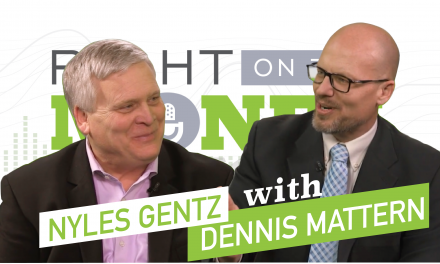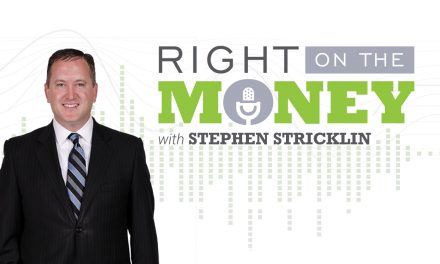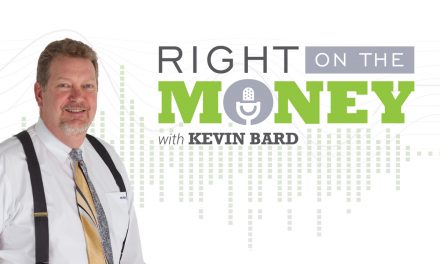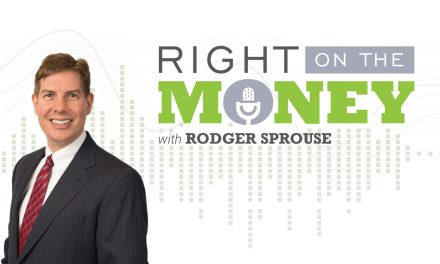Nominal Returns May Just Be Product Promotions
Investing holistically means you have different time horizons for your investments, you have product diversification in your portfolio and you purchase low-cost, low-beta risk investment products that have the potential for reasonable returns. The synergy of holistic investing has the potential for achieving your financial goals with the peace of mind you and your advisor orchestrated your portfolio to the best of both your abilities.
Watch this segment on investing more efficiently, part four of five from Lessons Not Learned about Money with syndicated financial columnist, award-winning investor educator and co-author of “How Mutual Funds Work” and “Building our Mutual Fund Portfolio,” Russ Wiles.
Product Matches the Time Horizon
There are four time-investment horizons: short-term, mid-term, long-term and lifetime. There’s no hard and fast rule, except the rule of thumb. Short-term horizons are generally five years or less. An example may be saving for a down payment for a home or car. Mid-term horizons are five to 10 years. An example could be college education for your children. Long-term horizons are greater than 10 years (but not necessarily lifetime). An example would be retirement funding. And lifetime is as long as you live. An example would be a guaranteed lifetime annuity that pays as long as you are alive.
Product & Tax Diversification
Investment products can be classified into equities and bonds with alternative investments like real estate, life insurance and annuities. Diversifying your portfolio
to limit its losses to market down turns, corrections and “black swans” is a prime goal in your allocation mix of assets. Tax diversification is a real art with the stated goal of generating the least amount of taxation. So you need qualified monies and non-qualified monies, as well as tax-free equity loans from reverse mortgages and life insurance distributions.
Efficient Product Selection
The cost of owning an investment should be fully disclosed to an investor and if your investments are in a qualified plan, the plan costs need to be fully disclosed as well. Advisor fees are additional oversight charges that need to be incorporated into the overall cost of owning an investment. The beta risk of the investment needs to be measured against the suitability of the investor. If there’s a risk-and-reward equation to assess, then an investor needs to create a financial profile that includes time horizons, risk tolerance and their general disposition on money. Investing more efficiently could affect real returns in the long haul.
Syndicated financial columnist Steve Savant interviews Russ Wiles, syndicated financial columnist, award-winning excellence in investor education and co-author of How Mutual Funds Work and Building our Mutual Fund Portfolio. This week’s show topic, Lessons Not Learned About Money. Right on the Money is a weekly financial talk show for consumers, distributed as video press releases to 280 media outlets and social media networks nationwide.





